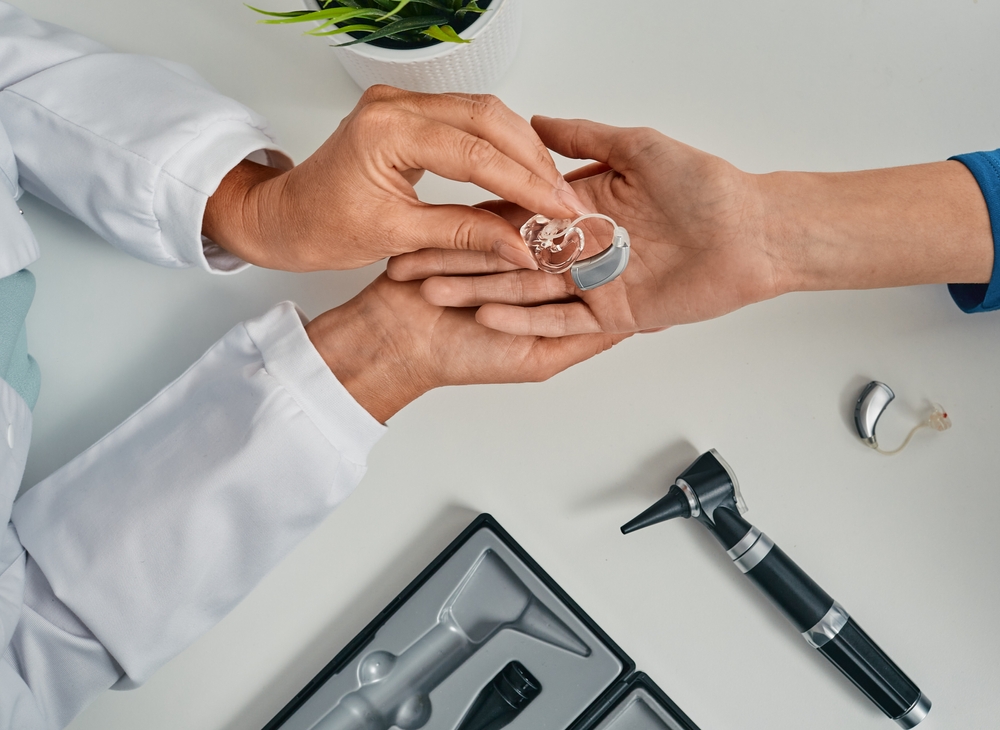
Hearing aids are vital for enhancing daily communication by boosting the clarity of sound. For ideal performance, it’s crucial to schedule periodic upkeep and periodic professional cleaning sessions. Over time, earwax, moisture, and debris can build up, resulting in decreased performance. Recognizing when it is time to arrange professional maintenance can help prolong the life of your hearing aids and ensure they continue to operate at their best.
The importance of professional hearing aid cleaning
In spite of regular maintenance at home, hearing aids can gradually accumulate debris that might impact how well they work and the quality of sound they generate. Regular servicing provides a number of advantages:
- Deep Cleaning– Eliminates earwax, filth, and moisture that day-to-day cleaning tools might not successfully remove.
- Increased Performance– Clears blockages that can cause muffled sound or distortion.
- Improved Longevity – Helps to avoid premature degeneration, thereby reducing the need for repairs or replacements.
Regular professional cleanings keep your hearing aids working effectively, decreasing the chance of unforeseen malfunctions.
Indications that your hearing aids require professional upkeep
Not certain if your device is due for a deep clean by a pro? Keep an eye out for these obvious signs that it’s time to contact the experts:
-
- Unclear or Jumbled Audio: If voices and background noises appear faint, muffled, or altered, the issue might be caused by blockages, such as earwax or debris, obstructing the device’s microphone or speaker.
- Persistent Shrieking or Feedback: A high-pitched whistling sound (feedback) can signify wax accumulation or an improper fit. A professional cleaning can help eliminate blockages and refine the fit.
- Problems with Volume Control: If adjusting the volume doesn’t seem to have the desired effect, internal components may require maintenance or software recalibration.
- Moisture-Related Breakdowns: Excessive moisture can damage internal components, resulting in intermittent sound loss or malfunctioning buttons. A professional technician can assess and address any moisture-related issues.
- If you observe a noticeable increase of earwax or dirt on your hearing aids, it is recommended to have them professionally cleaned for a more extensive elimination compared to cleaning them at home.
What to expect in the course of a professional hearing aid cleaning
A complete cleaning service not only keeps your equipment in good working order but also assures peak performance and effectiveness. Here a number of things your hearing specialist will accomplish during a cleaning:
-
-
- Utilize precision tools to eliminate wax, dirt, and moisture without damaging fragile parts.
- Confirm the correct functioning by inspecting and repairing any broken parts.
- Inspect both software and hardware to determine any performance problems that might be impacting the sound quality.
- Replace any tubing or filters that may be affecting the performance of the device.
-
How frequently should you schedule professional maintenance?
The regularity of professional cleanings relies on factors including earwax production, humidity levels, and usage practices. General recommendations include:
-
-
- Standard maintenance should be conducted every 3 to 6 months.
- Regular cleanings are recommended for people who tend to produce a lot of earwax or reside in locations with high humidity, as these conditions can intensify wax accumulation.
- As soon as problems arise, addressing modest problems early can prevent costly repairs.
-
Maintain your hearing aids for optimal performance
Routine professional upkeep is essential for preserving your hearing aids and ensuring clear, high-quality sound.
If you’re noticing muffled audio, feedback, or functionality issues, it may be time to schedule a professional cleaning.
Set up an appointment for your hearing aid cleaning and maintenance now.
